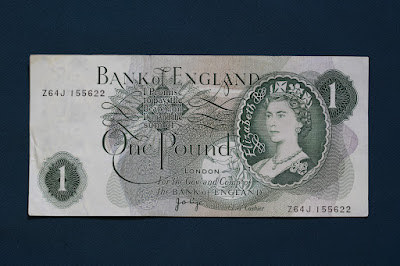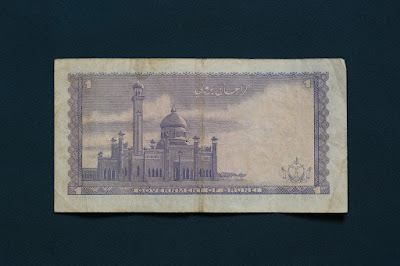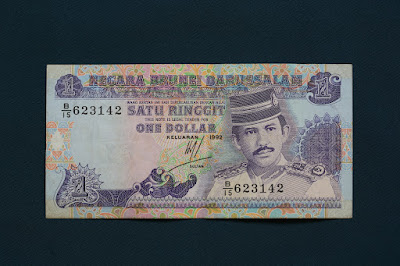These two fine silver chatelaine grooming sets below are either from Southern China or the ethnic Chinese minority of Straits Settlements.
Above grooming set comprises a chain which allows the set to be suspended from a belt. The panel at the top is in a shape of lion dog with two dangles or bells in the shape of peach fruits. The lower part, with open-work panel in the shape of a deer motifs on each side, suspended with three grooming tools on separate chains. Length: 23cm.
Below is rather a magnificent antique silver flower basket adorned tool kit. Overall, this is an unusual and decorative set. Length: 32cm.
Do check out the post about the "Silver Enamel Chatelaine Grooming Set".
Above grooming set comprises a chain which allows the set to be suspended from a belt. The panel at the top is in a shape of lion dog with two dangles or bells in the shape of peach fruits. The lower part, with open-work panel in the shape of a deer motifs on each side, suspended with three grooming tools on separate chains. Length: 23cm.
Below is rather a magnificent antique silver flower basket adorned tool kit. Overall, this is an unusual and decorative set. Length: 32cm.
Do check out the post about the "Silver Enamel Chatelaine Grooming Set".
















































